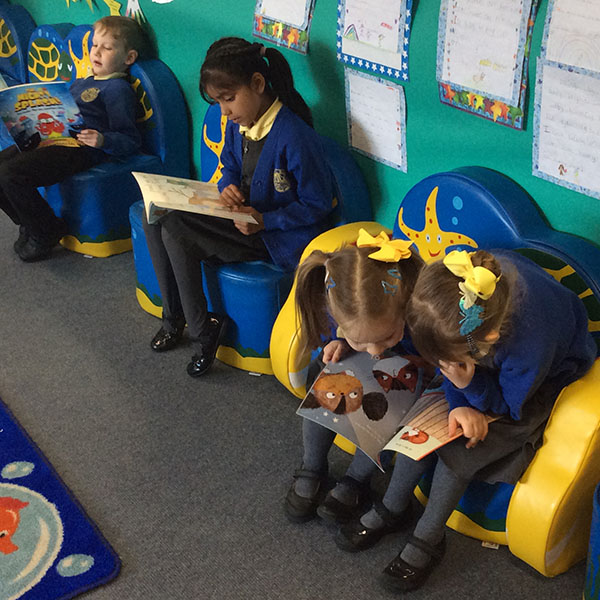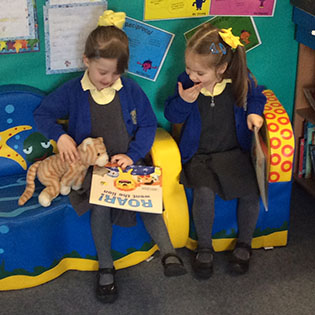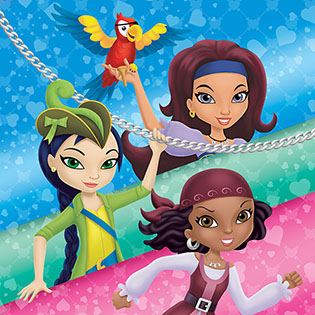5th April 2018
Getting Children to Read for Pleasure
I can still vaguely recall the immense sense of achievement that I derived from being told that I could move on from word cards and could start the school reading scheme. However, excitement soon turned to dismay as my five year-old self realised that years of reading prescriptive and extremely dull books were ahead. The Department for Education’s 2012 report ‘Research Evidence on Reading for Pleasure‘ revealed that reading for pleasure is the most important indicator for the future success of the child. Therefore, it seems strange that many school-led forays into our wonderfully rich and diverse world of literature are sometimes so uninspiring.
Take a look at a school reading scheme series of books. Of course they need to contain the requisite building blocks for literacy and general language comprehension, but do they look like they would excite a child? Now take a look at the current book chart for children of the same age. Do these books look more enticing?
A great deal of investment and hard work goes into creating any book series, but a decision to change the illustration style and to make books look more dynamic and appealing to the target reader would surely make a big difference. Let’s not forget the subject matter too. While it is important for children to learn how to read and write about everyday life in simple terms, there would be nothing to stop a child reading about eating their breakfast in a land of giants, or to read about a first day at a primary school for superheroes.
Of the reading schemes that I have encountered whilst supervising my own children as they learn to read, I have found the books to focus on two-dimensional portraits of a typical 2.2 children family, whose day-to-day life would entice me to read other books for escapism, if not for pleasure. With humdrum stories and illustrations to match, these books have never struck a chord with any of my children. Indeed, it is not until they leave the reading scheme(s) and move on to chapter books filled with action, adventure and fantasy that any detectable pleasure is derived from the act of reading at school. But I think this is too late. During the early years of childhood development we teach our children in relation to manners and other important life skills; surely the concept of reading (or looking at pictures with a narrative) for pleasure could be initiated at this very young age too?
Picture books offer the perfect solution to the ennui associated with reading schemes and help to instil a passion for reading. Although they are not suitable for teaching children to read from scratch, they are perfect books to supplement schemes. Teachers have capitalised on this valuable resource for many years and have used the humble picture book to teach on topics spanning the entire curriculum. Picture books are typically better illustrated than reading scheme books and have more exciting story lines. Best of all children have favourites they want to be read again and again! This fervour is the start of inspiring a lifelong love of reading that can greatly affect a child’s future potential and social mobility.
Reading has to compete with a myriad of different forms of leisure activity. Unless we expose children to books that inspire their hearts and minds at school, then the battle to get children reading for pleasure will be lost the moment a shiny tablet or gaming device is placed into their hands.
By Dan Graham
Many thanks to Twin Sails Infant School in Poole, Dorset for supplying us with pictures of their pupils enjoying a selection of picture books that we recently donated to replenish their school library.

 UK
UK





